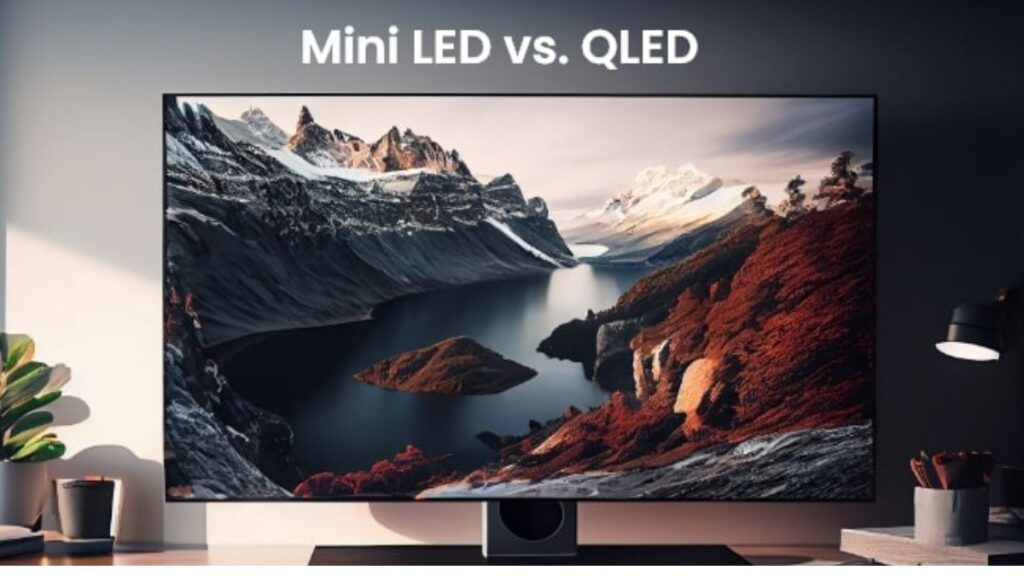Crafting the perfect home cinema begins with selecting a display that enhances visuals, captures mood, and deepens immersion. Micro-LED and OLED have become two of the most influential display technologies shaping modern home entertainment, each offering unique strengths that appeal to different viewing preferences. While both deliver exceptional picture quality, they diverge in how they produce light, manage contrast, and handle long-term performance. Understanding these differences helps homeowners invest in a display that aligns with their cinematic goals, room conditions, and long-term expectations.
We will explore how each technology functions, what sets them apart, and how these distinctions influence the home-cinema experience, especially for homeowners seeking a modern home theater setup and design in Boca Raton. This sets the stage for a balanced and thorough comparison that empowers you to make a confident and informed decision tailored to your ideal viewing environment, without overwhelming you with technical jargon or unnecessary complexity.
Key Differences Between Micro-LED and OLED Displays
1. Understanding How Each Technology Produces Light
Micro-LED and OLED differ significantly in how they generate luminance, which directly influences brightness, color accuracy, and durability in your home cinema. OLED displays rely on organic light-emitting diodes, meaning each pixel emits its own light without the need for an external backlight. This allows OLED panels to achieve remarkable black levels and striking contrast because pixels can turn off completely when rendering dark scenes. However, the organic nature of OLED materials means they may be prone to gradual wear over long periods of static content or high-intensity viewing.
Micro-LED, on the other hand, uses tiny inorganic LEDs as individual light sources, offering higher brightness potential and exceptional longevity due to their durability. These inorganic LEDs resist burn-in and maintain performance even after extended hours of use. Understanding these differences helps homeowners align performance expectations with lifestyle habits and cinematic preferences.
2. Brightness Performance and Its Impact on Image Quality
Brightness plays a crucial role in determining how well a display performs in various lighting environments. OLED panels, though stunning in darkened rooms, have limitations when pushed to higher brightness levels because organic pixels can degrade faster under intense illumination. This makes OLED ideal for controlled home theaters but less optimal for rooms with significant ambient light. Micro-LED displays excel in peak brightness, making them versatile for both dim and bright spaces. Their ability to maintain detail and vibrancy even under harsh lighting conditions gives them an advantage in flexible home-cinema setups.
Micro-LED’s superior brightness also contributes to expanded HDR performance, allowing scenes with radiant highlights—such as sunlight reflections, explosions, or glowing neon accents—to appear more lifelike and dynamic. Homeowners must consider whether their viewing space is fully dedicated to movie-night darkness or doubles as a living-room entertainment zone where brightness is essential.
3. Contrast, Color Depth, and Visual Realism
Contrast ratio determines how realistically a display reproduces dark and light elements, which is essential in movies with dramatic shadows or atmospheric backgrounds. OLED delivers near-perfect contrast due to its pixel-level light control, ensuring dark scenes remain rich and detailed without blooming or light bleed. This advantage makes OLED especially appealing to viewers who value cinematic depth and subtle tones.
Micro-LED also offers strong contrast, though its handling differs slightly because pixels cannot switch off entirely in the same manner as OLED. However, Micro-LED compensates with exceptional brightness, allowing it to produce high-impact images with stunning clarity and color volume. This balance creates an energetic visual presentation ideal for action films, animated features, and sports content. Choosing between the two often comes down to whether the viewer prefers deep, atmospheric visuals or dynamic vibrancy and intensity.
4. Longevity, Durability, and Maintenance Expectations
Long-term performance is a critical factor for homeowners considering a high-end home cinema display. OLED panels, though visually impressive, use organic materials that naturally degrade over time. While modern OLED models incorporate technologies to reduce burn-in risks and extend lifespan, the possibility remains for users who frequently view static content such as news tickers, gaming HUDs, or streaming menus. Micro-LED displays, constructed with inorganic materials, exhibit greater resistance to aging and heat stress, thereby contributing to their extended lifespan.
This durability makes Micro-LED appealing for households seeking a long-term display with minimal maintenance concerns. While both technologies deliver beautiful images from the start, Micro-LED tends to maintain its performance more consistently across many years of regular use. Understanding these dynamics enables homeowners to make informed choices based on their long-term viewing habits and the specific demands of their entertainment setup.
5. Price Considerations and Practical Installation
When evaluating the choice between Micro-LED and OLED, price and installation logistics are significant factors. OLED displays, widely produced and available in various sizes, tend to offer more accessible pricing for homeowners wanting premium quality without exceeding their budget. They are lighter, easier to wall-mount, and well-suited for spaces where simplicity of installation is a priority.
Micro-LED, being a newer and more complex technology, typically comes with a higher price tag and may require professional installation. Many Micro-LED models are modular, meaning they can be built into custom sizes and shapes to create a truly immersive home-cinema environment. This flexibility is attractive for luxury setups, but it also adds to the overall cost. Homeowners must balance performance advantages against financial and spatial considerations to ensure the final choice aligns with their complete home-cinema vision.
Choosing between Micro-LED and OLED for your home cinema comes down to understanding how each technology aligns with your viewing environment, long-term expectations, and cinematic preferences. Each option offers unique advantages that enhance picture quality, immersion, and enjoyment in different ways. OLED brings exceptional black levels and atmospheric depth, making it ideal for movie lovers who enjoy watching films in dark, dedicated spaces. Micro-LED delivers powerful brightness, long-lasting durability, and flexible installation options, appealing to those who want a display that performs reliably in various lighting conditions with extended longevity. With thoughtful consideration of brightness needs, room lighting, durability, and budget, you can confidently choose a display that enriches your home entertainment for years to come.





